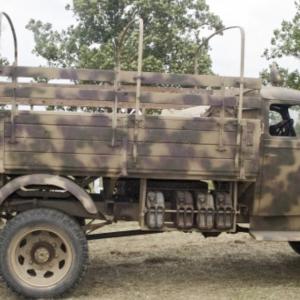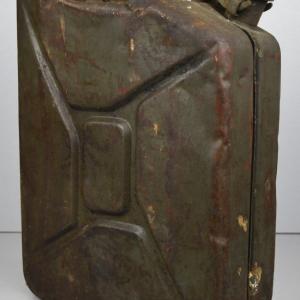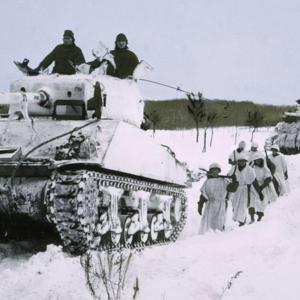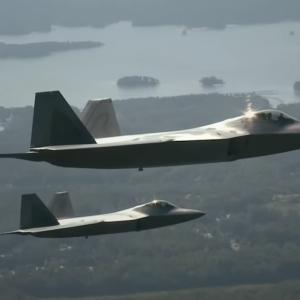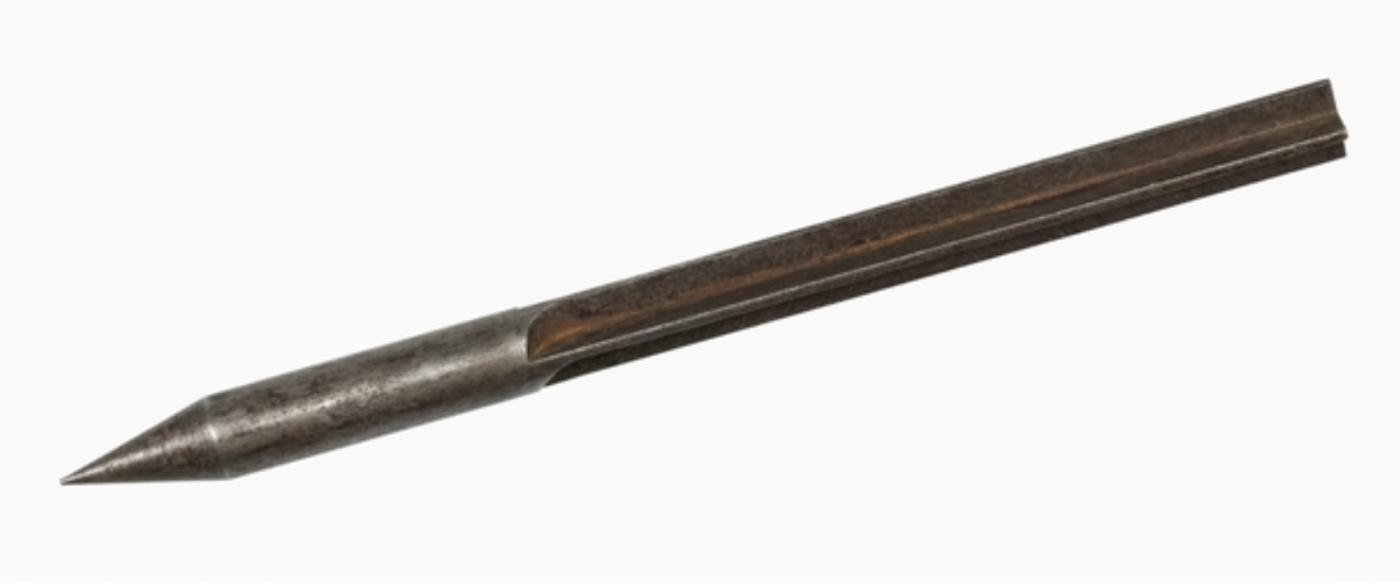
Flechettes
Flechettes, also known as aerial darts, are small, sharp-pointed steel rods fitted with fins at the rear for stabilization during flight. These weapons were first developed by Italian engineers in 1911–1912 and saw their earliest military use during the First World War. The French are believed to have been the first to deploy flechettes in combat in 1914, although the British and Germans soon followed suit. The Germans, with a touch of irony and propaganda, manufactured flechettes identical in design to the French version and stamped them with the phrase "INVENTION FRANCAIS, FABRICATION ALLEMANDE" ("French invention, German made")—written in French so that their adversaries would understand the message.
Flechettes were designed to be released from aircraft or airships flying at high altitudes. Carried in canisters mounted under the fuselage, they could be deployed in large quantities—each canister typically holding between 20 and 250 darts. Once over the target area, a wire mechanism would be triggered to open the bottom of the canister, allowing the flechettes to rain down. The idea was that, dropped from a great height, the darts would gain enough velocity to penetrate helmets, skulls, or torsos—causing fatal injuries much like a bullet. Their narrow shape and fin-stabilized design allowed them to fall point-first and maintain trajectory, maximizing their lethal potential.
One notable example of flechette use occurred in March 1915, when a French airman reportedly dropped around 18,000 darts in a single day over German lines. This demonstrates the scale on which they were sometimes deployed, particularly during the early years of the war when aerial bombardment techniques were still in their infancy.
The British also experimented with flechettes in a different role—attempting to use them to destroy German airships by dropping them from above. This proved to be largely ineffective. Like standard bullets, flechettes could puncture the outer skin or gas envelopes of airships but failed to inflict significant damage. Airships were vast and contained multiple gas cells, so a few punctures did little to compromise their structural integrity. Incendiary weapons, which could ignite the hydrogen gas used in these airships, were eventually found to be far more effective for this purpose.
On the battlefield, the success of flechettes against infantry or civilians varied. There are documented cases of individuals being killed or severely wounded by them—often suffering thin but deep puncture wounds. However, the overall impact of flechettes as a weapon was limited by their lack of accuracy. Once released from the aircraft, they could not be guided, meaning that effective hits depended entirely on chance and density of enemy presence below.
By 1917, flechettes had largely fallen out of favor with many military forces. The British, in particular, came to view them as unsatisfactory. Although they were cheap to produce and easy to deploy, their need for direct hits made them unreliable. Bombs, which could cause widespread destruction and were easier to aim at area targets, quickly proved to be a more effective use of aerial attack capabilities. Flechettes were increasingly seen as a rudimentary and ineffective weapon when compared to the evolving technology of aerial warfare.
While flechettes were a novel and innovative form of weapon early in the war, their limitations became clear over time. They represent an early attempt to harness the potential of aerial combat and bombardment, but like many early technologies, they were eventually eclipsed by more effective methods of warfare.

